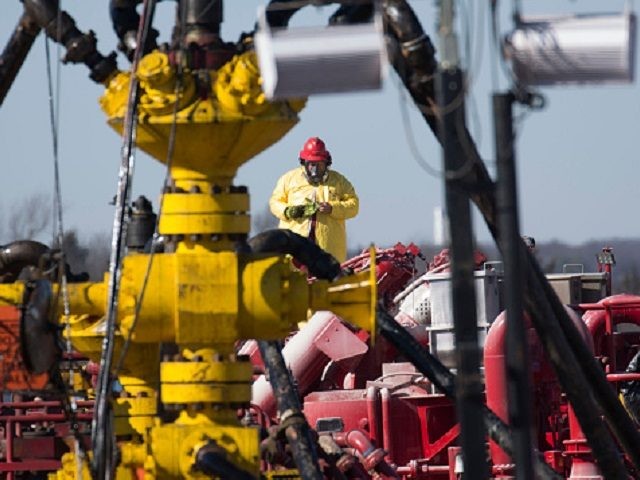Within the first year after the federal government lifted its ban on exporting American oil, Texas producers are seeing spikes in demand on the international market.
Figures released by the Energy Information Administration note that global demand hovered around half a million barrels per day in November 2016, according to the Midland Reporter-Telegram. Modest increases continued into the New Year and spiked to 1.5 million per day by mid-February.
Energy experts told the Midland paper that a key driver for market demand was the rising interest in higher-quality West Texas Intermediate Crude. On balance, the Organization for Petroleum Exporting Countries’ decision to cut cartel output has predictably generated demand shifts as well.
Capitol Hill and the Obama Administration came to an agreement on ending the 40-year export ban in December 2015.
Jared Blong, president and chief executive officer of Midland-based Octane Energy, told the Midland paper that the U.S. has much to learn from Saudi Arabia and OPEC, noting that it would be bad for business to antagonize foreign producers as Americans move to expand their customer base.
“For us to haphazardly and egotistically disregard the cartel, that’s reckless,” he told the MRT.
Relationship building and deal-making are critical next steps to be the next global player.
“We now have to enter and develop collaborative relationships elsewhere so that overseas customers build refineries or renovate refineries to take our crude,” Blong said.
Recent deposit discoveries formally announced in Texas place the Lone Star State as the obvious leader of the budding effort. Breitbart Texas reported in November 2016 that the “largest” oil and natural gas shale formation was found throughout western Texas. Breitbart reported at the time:
Federal surveyors announced that the Wolfcamp shale in the Midland Basin portion of Texas’ Permian Basin now holds the record for most oil, natural gas, and gas liquid deposits that are “undiscovered, technically recoverable resources.”
The USGS notes that within its survey spanning from north of Lubbock to remote regions southwest of San Angelo, an estimated and previously unaccounted for 20 billion barrels of crude oil; 16 trillion cubic feet of natural gas; and 1.6 billion barrels of natural gas liquids are able to be extracted by means typically involving slant drilling and hydraulic fracturing, commonly known as “fracking”. The figures are based on official methods that project untapped resources amid formations already surveyed and exploited.

COMMENTS
Please let us know if you're having issues with commenting.